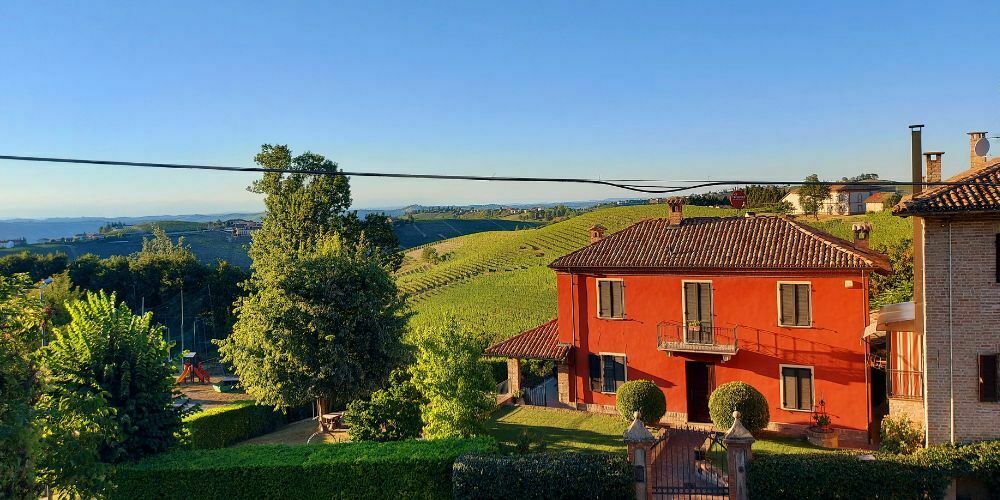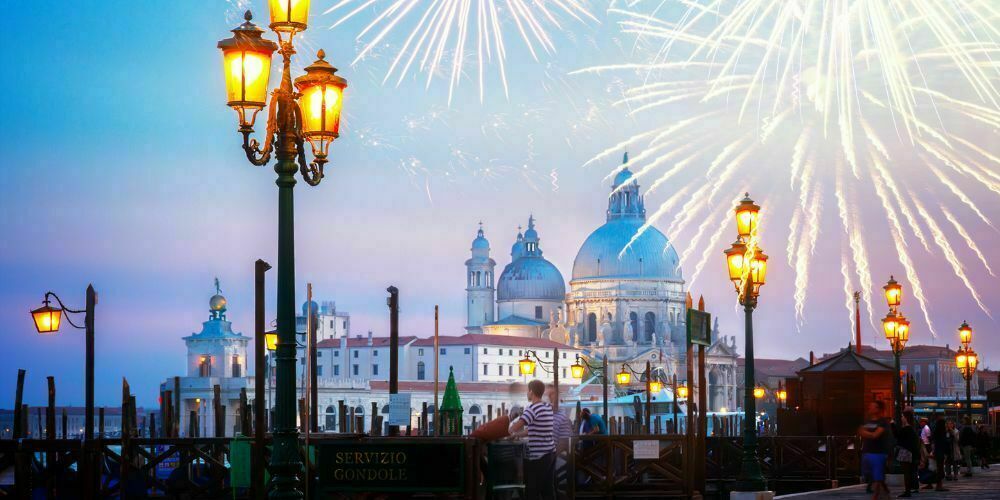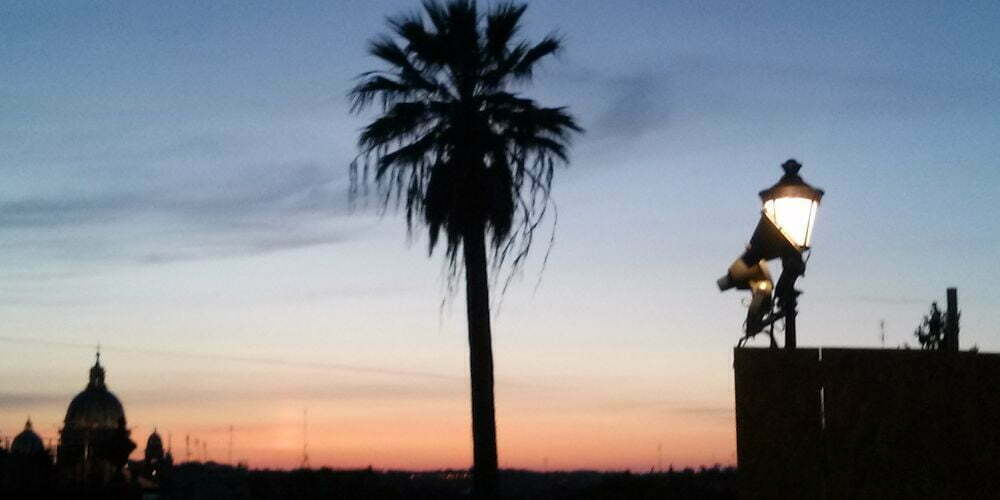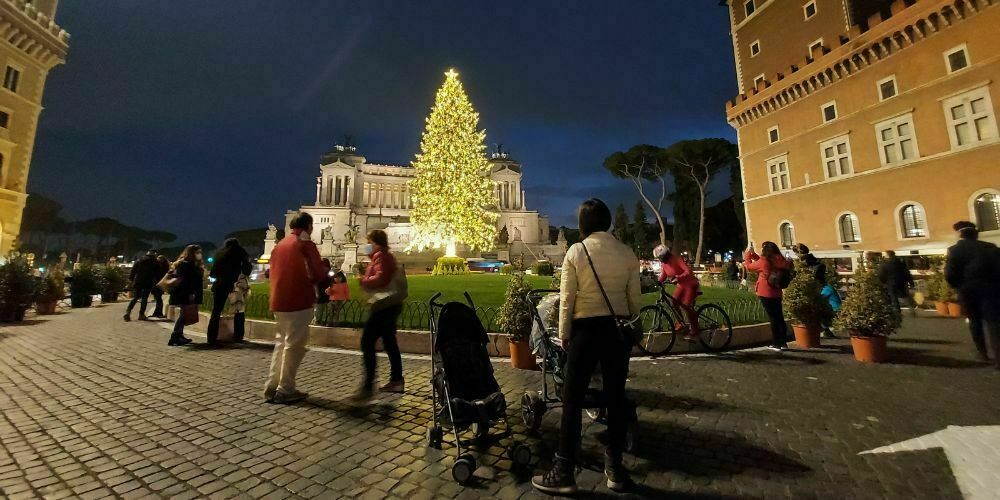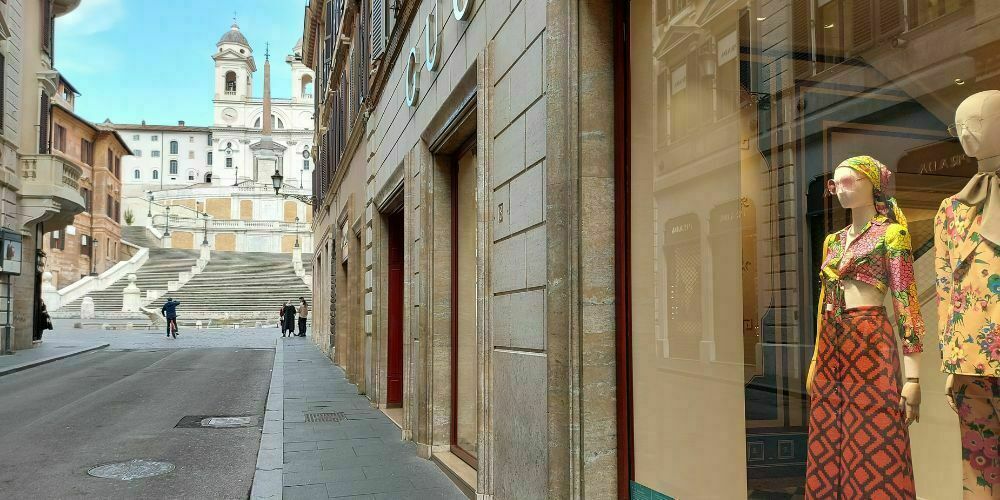The so-called Campi Flegrei or ‘burning fields’ are a never-quieted volcanic area near Naples, one of the world’s most facinating archaeological areas. We show you the 11 must-sees of the Phlegraean fields.
Campi Flegrei
Naples is surrounded with volcanically active territory. Think of the famous Mount Vesuvius, one of Europe’s largest active volcanoes, located east of Naples. But when we talk about the Campi Flegrei, we mainly mean the stretch of land west of Naples, including Pozzuoli, Cuma and Bacoli.
Update: Research published in June 2023 shows that the Campi Flegrei, basically a system of subterranean volcanoes, may erupt again. Yet the news is not all that new. Back in 2018, The New York Times also wrote about the fact that an eruption sometime in the future is not unlikely to happen.
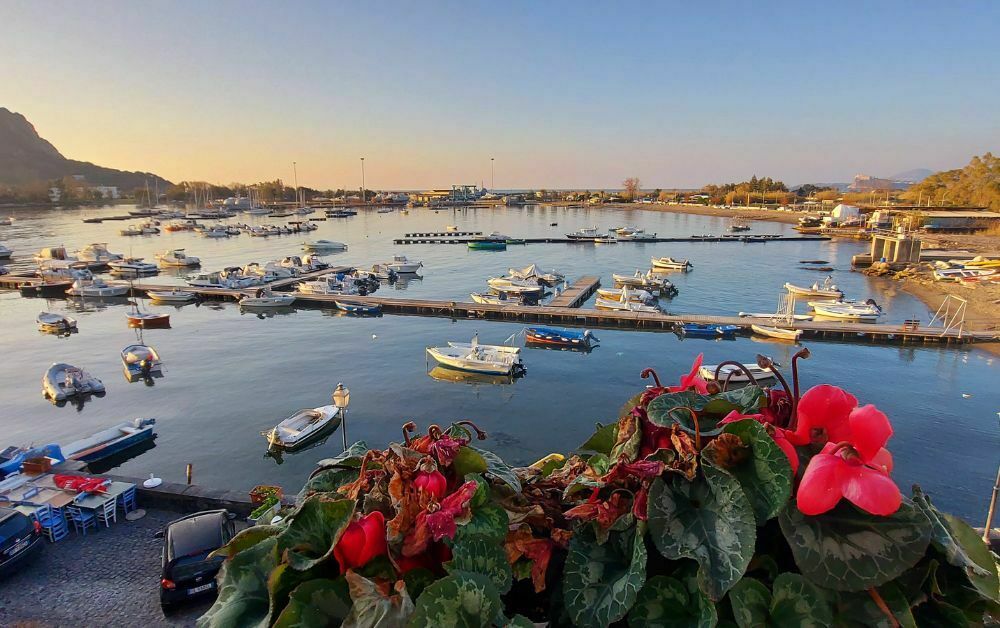
Hope: The Autobiography
By Pope Francis
New York Times bestseller
First autobiography by a Pope
A vivid memory…
Get offer at Amazon.comLet’s start from the southernmost tip of the Campi Flegrei: Miseno, and then go up through the coast toward Naples. See the map below.
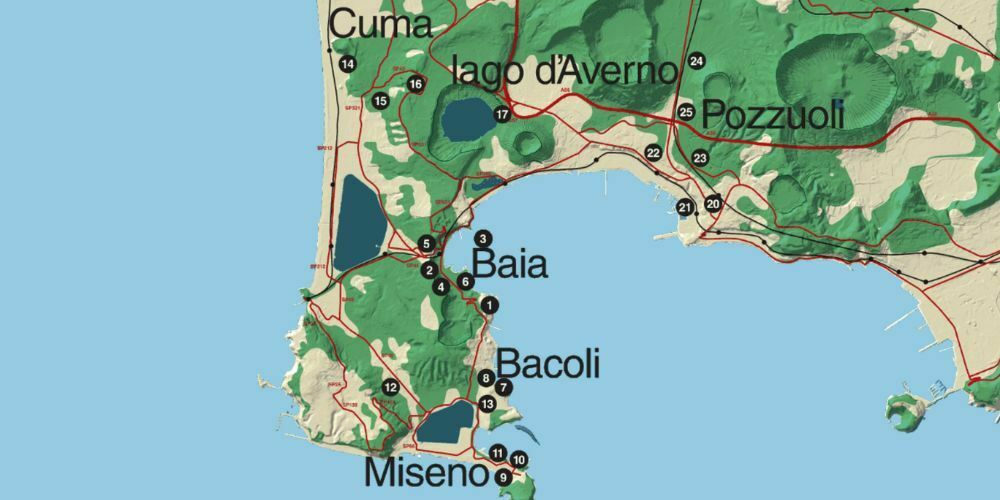
Piscina Mirabilis (Miseno)
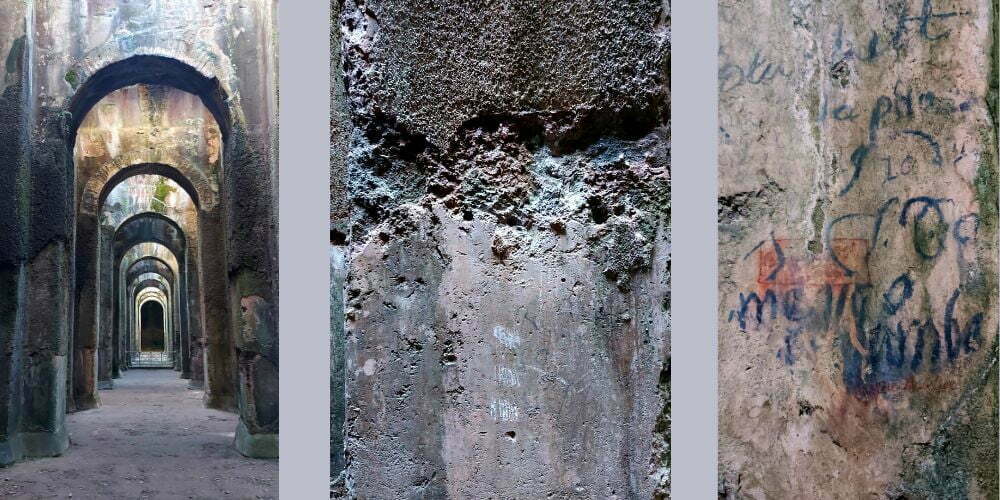
- Location: Miseno (part of the municipality of Bacoli)
- Why to see: Under ground cistern once provided water for Roman fleet + remains of waterproofing material + centuries-old visitors graffiti
- Genre: Roman
- How to visit: Only on Fri, Sat and Sun. Tickets at Via Campi Elisi 1 in Bacoli (300 meters from the ‘Piscina’-site)
The Romans were masters of water management, and acqueducts and fresh water storage fundamental to the running of the empire. Cisterns are found everywhere in the former Roman world, for example in today’s Istanbul and Tunis, however, Miceno’s cisterns are unique because of their size and the fact that they are completely intact.
As you descend an iron staircase, the magnificence of the complex meets you step by step. The cistern -entirely excavated in the tuff of a hill- is rectangular in plan: 70 meters long x 25 meters wide and 15 meters high, with a capacity of more than 12,000 cubic meters.
It is topped by a barrel-vaulted ceiling, supported by 48 cruciform-section pillars, arranged in four rows of 12. The wall structure is made of opus reticulatum (rectangular tuff tiles on a subsurface of concrete) and, like the pillars, is covered with waterproofing material.
The piscina mirabilis formed the terminal reservoir of an aqueduct, which carried water from springs 100 kilometers away. The water fed several towns along the way and reached Miseno. Once there, the water was meant for the troops of the Romans’ Western fleet, which had its base at Micenum (Miseno).
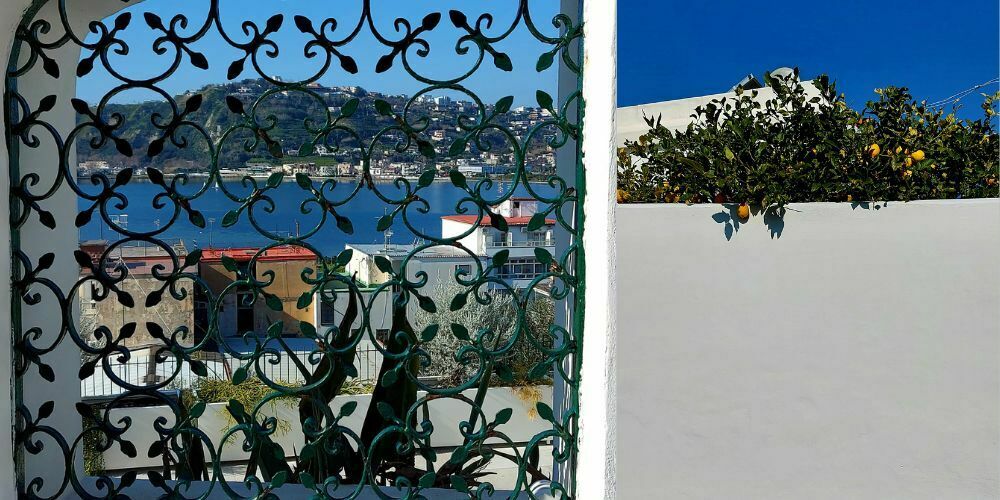
The harbor exploited a double natural basin, the innermost one of about 3 km circumference (called today Lake Miseno), in ancient times dedicated to shipyards and ship maintenance, and the outer one where the fleet with some 250 ships was anchored.
The commander of the fleet in 79 AD was Pliny the Elder. Seeing a strange cloud over Vesuvius on August 24 that year, he decided to sail across the bay to see what was going on. He would never return; the eruption of the Vesuvius had struck him too.
Sacello degli Augustali (Miseno)
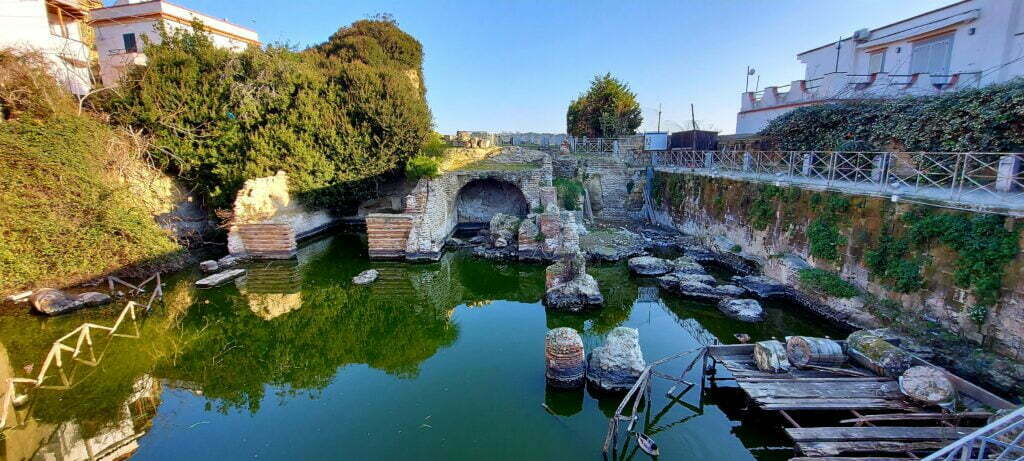
- Location: Miseno (Bacoli)
- Why to see: three 2000-year-old spaces standing in deep groundwater surrounded by modern day buildings
- Genre: Roman
- How to visit: Seen from behind a gate on Via Sacello degli Augustali 4 (Bacoli). Currently (but for a long time…) not accessible
The building is dedicated to the worship of the emperor Augustus and made of masonry with stucco facings. Later, perhaps due to an earthquake, the structures collapsed and were partly crushed by boulders dislodged from the ridge behind.
The monument consists of three vaulted, side-by-side rooms, only partly built and partly carved out of natural tuff. The central space represents the sacellum (small shrine). The room is occupied by a podium temple of rectangular plan accessed by a marble staircase framed by masonry podiums, covered with marble slabs, in front of which is the altar.
The complex was found during construction work in 1968. The recovery work, became immediately difficult due to the original floor collocated about 6 meters deeper than the modern one, completely flooded by groundwater.
Grotta della Dragonara
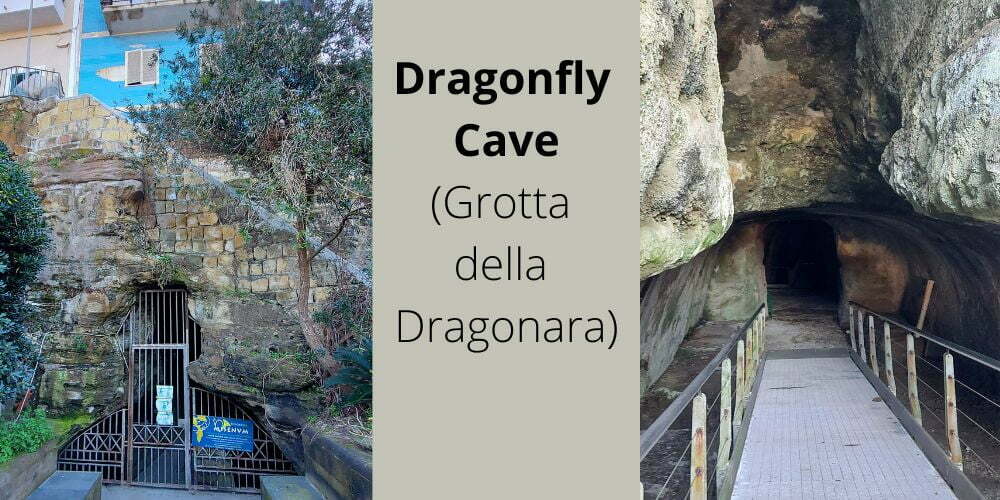
Not far from the Augustali and near a fine beach is the so-called Dragonfly Cave, which in reality was (also) a cistern. Opening hours are complicated and I have never been able to get in. Info at the cultural association Misenvm.
Bacoli Harbour
- Location: Bacoli
- Why to see: Lovely small mussel fishing port + supposed last resting place of emperor Nero’s mother
- Genre: Roman + Daily life
- How to visit: ‘Tomb of Agrippina’: Via Ortenzio 39 in Bacoli (right at the shore)
Bacoli has a small harbor where the so-called Tomb of Agrippina is also located.
Agrippina was the unscrupulous mother of Emperor Nero, who did everything she could to have her son become emperor. But once he was in power, she was killed at the behest of her own son, Nero. Her tomb is said to be here in Bacoli. The structure in reality was originally a theater (odeion) dating from the 1st century AD, that was attached to an ancient maritime villa.
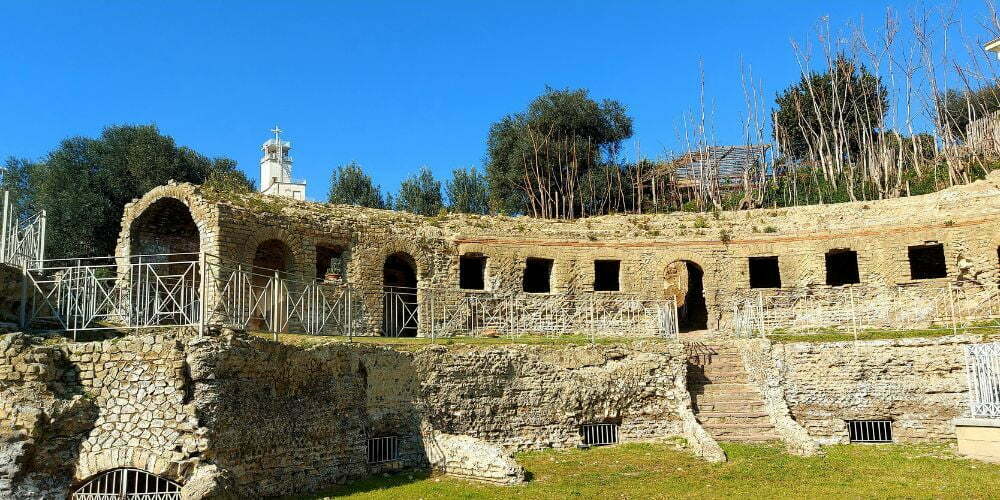
Bacoli features lovely small beaches with superb clear seawater. But if you think Bacoli lives only on tourism, see how the mussel fishermen are busily working. They don’t have to go far. From the shore you can see that about a kilometer away underwater mussel farms are located.
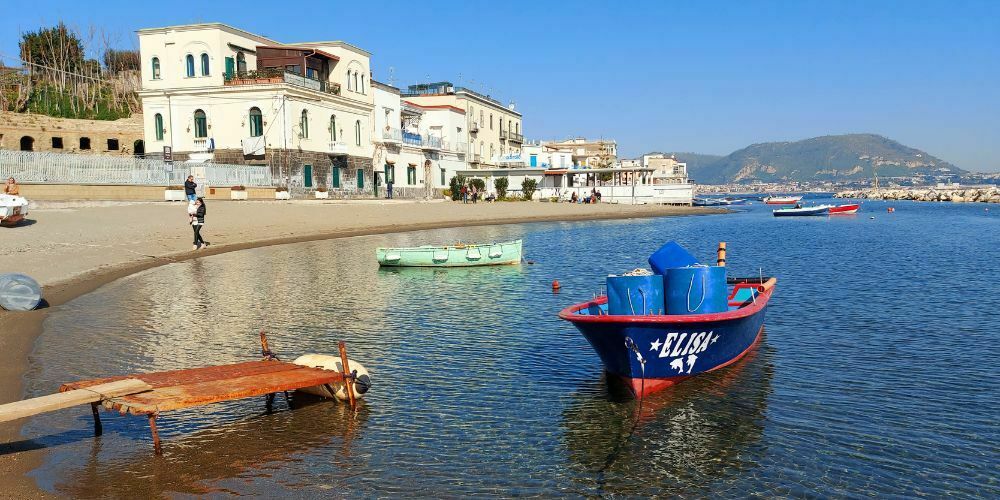
Archeological Museum of the Phlegraean Fields (Castle of Baia)
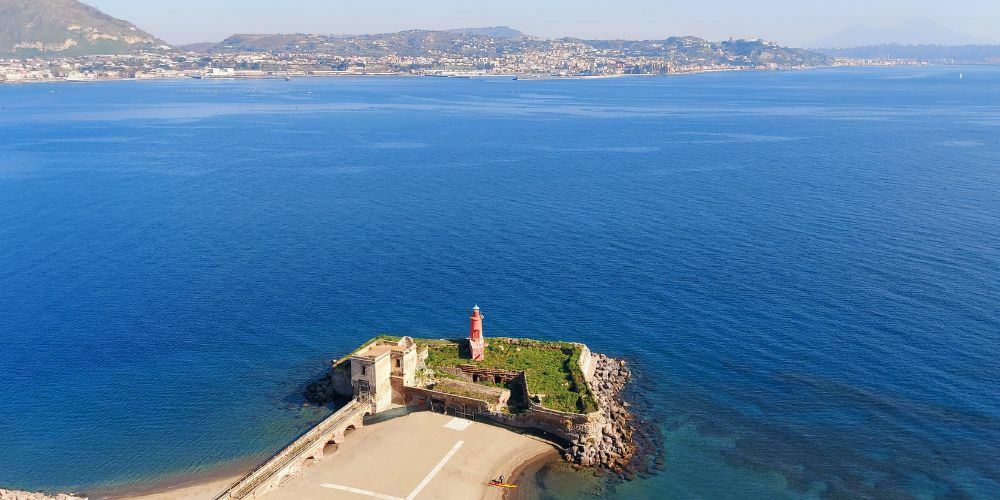
- Location: Baia (Bacoli)
- Why to see: magnificent views over the gulf of Pozzuoli + nice Roman artefacts
- Genre: Roman + Medieval
- How to visit: Via Castello 39 in Bacoli (Mondays closed)
The Castle of Baia, built between 1490 and 1493 by the Aragonese and enlarged between the 1500s and 1700s during the Spanish Viceroyalty, dominates the summit of the promontory that closes the Gulf of Baia to the south. It currently houses the Archaeological Museum of the Phlegraean Fields.

Well castles are usually grand, but this castle, because of its elevated position by the sea, is especially impressive. You can see it from everywhere (Miseno, Pozzuolo, Monte di Procida).
Campi Flegrei
The rather small museum has interesting works from the Roman period. Not directly huge sculptures (for that you can better visit the Archaeological Museum in Naples), but a number of extraordinary works, such as a relief of a trireme, a three row ship. Imagine moving 2000 years in time and you could see such a ship passing right under the castle (if only the castle wasn’t there back then).
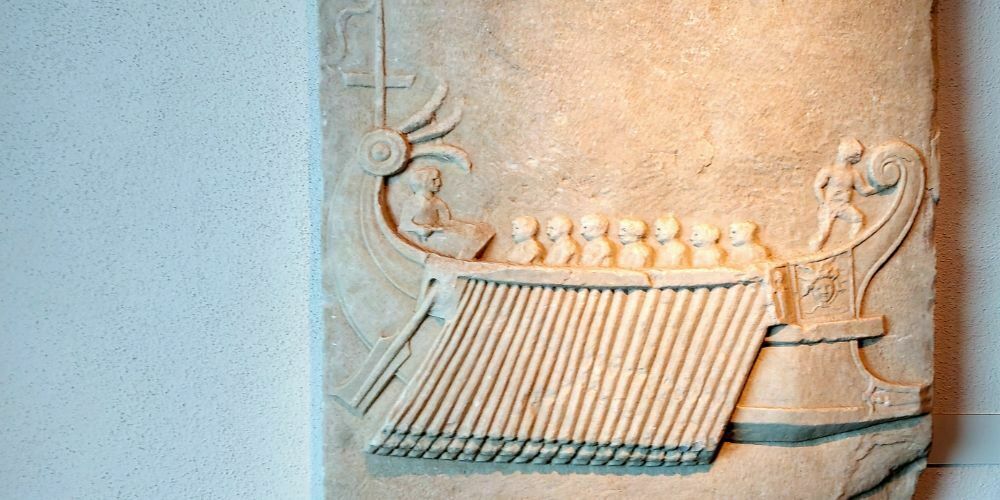
Archaeological Park of the Baths of Baia
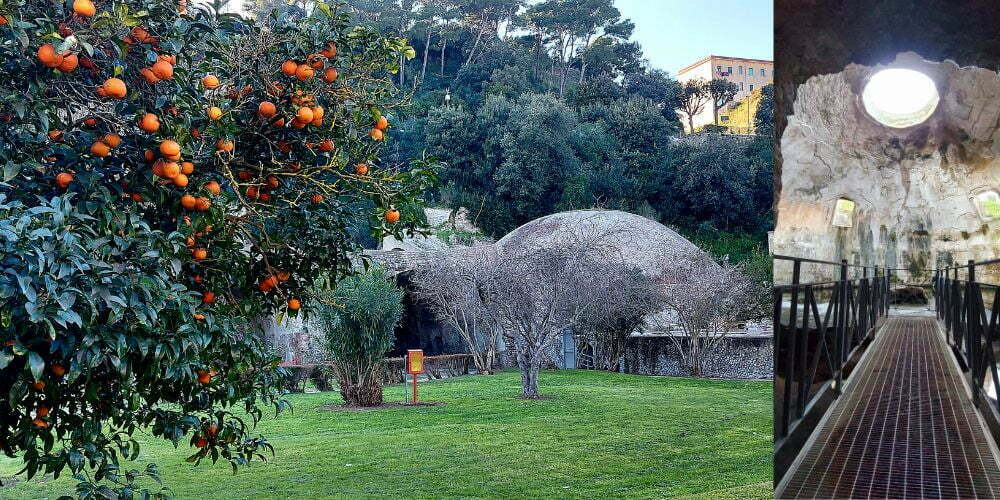
- Location: Baia (Bacoli)
- Why to see: large archeo park + Pantheon-like structure
- Genre: Roman
- How to visit: Via Sella di Baia, 22 in Baia (Bacoli) (Mondays closed)
What is now the archaeological park was once three private estates, each with its own thermal complex. There is actually not much left of the villa, although some interesting ornaments can be seen, such as a black-and-white mosaic and some fresco remains.
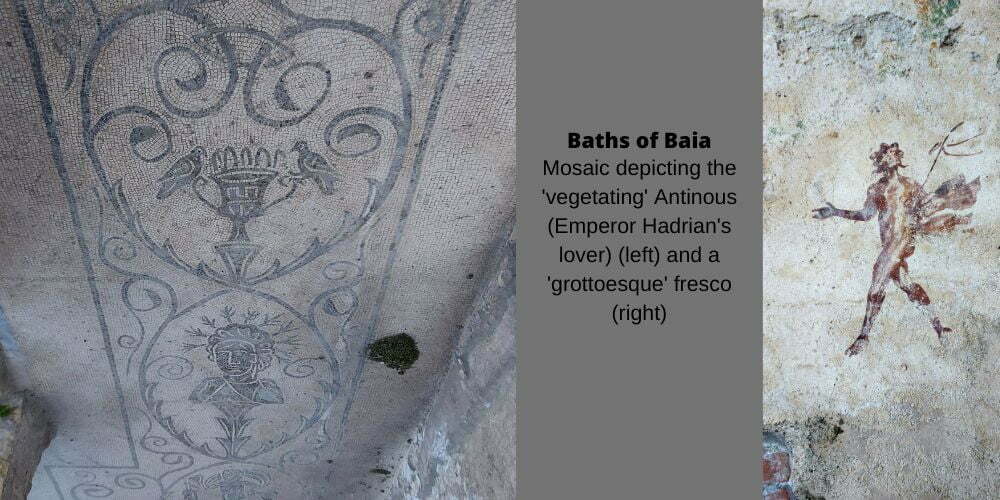
Really special are the dome structures, which are called temples, but were actually part of the thermal complexes. Most impressive is the Temple of Mercury, simply a Pantheon, like the one in Rome (okay, a bit smaller in size).
Part of villa structures is located on the seabed. The remains, including statues and colourful mosaics can be seen if you go on a diving or snorkelling expedition. You can also join a boat tour that has a transparent floor to see the underwater villa remains.
Vanvitelli's Hunting house (Casina Vanvitelliana)
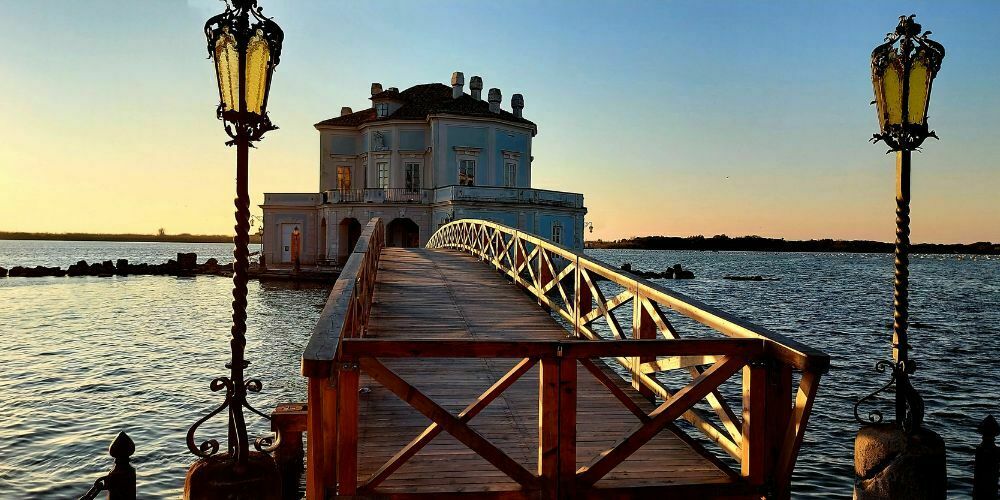
- Location: Bacoli
- Why to see: Nice lake house + sunsets
- Genre: 18th Century
- How to visit: Piazza Gioachino Rossini 1 in Bacoli (Fri-Sun only)
This splendid jewel of late Baroque architecture was built in 1782 on commission of Ferdinand IV of Bourbon (1751 – 1825), king of the Kingdom of Naples. The residence occupies a small emersion of land within Lake Fusaro and was used as a resting place after the king’s hunting and fishing trips.
The house is composed of three octagonal bodies intersecting one at the top of the other, narrowing into a sort of pagoda, with large windows arranged on two levels. The long wooden pier also connects the Casina to the lake shore and was used by illustrious guests, such as composer Gioachino Rossini.
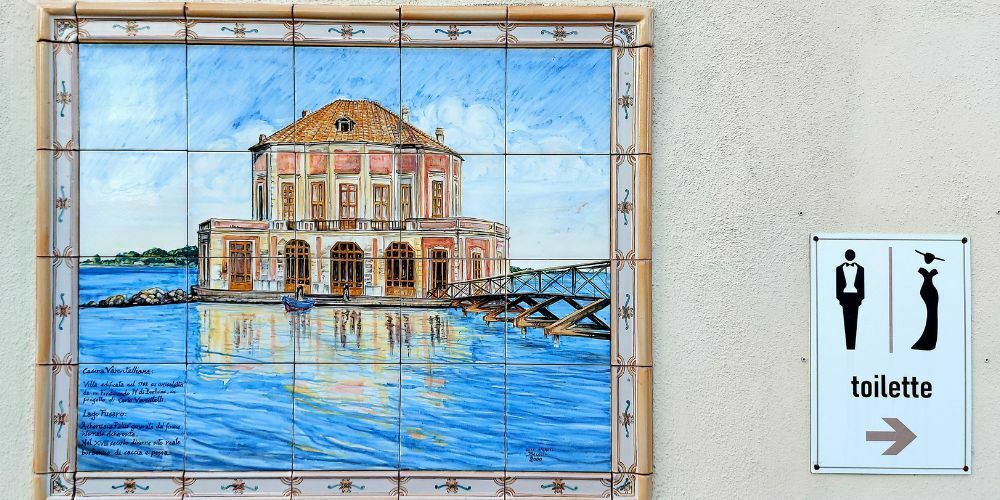
The architect is Carlo Vanvitelli (1739 – 1821), son of the famous Luigi (the author of the Royal Palace of Caserta), who in turn was the son of Gaspare Vanvitelli, the italianised name of Caspar van Wittel from Amersfoort. There is also always a Dutch link to everything…
Mythical Cuma
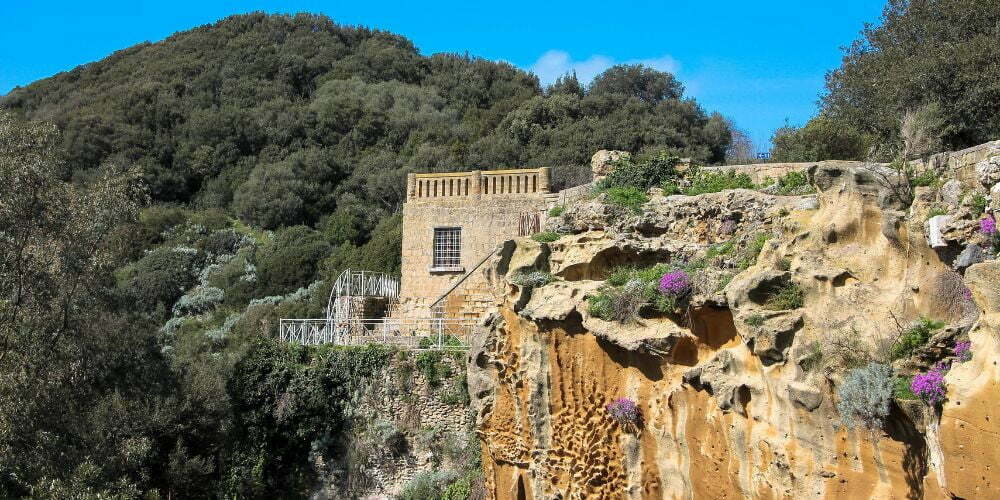
- Location: Cuma (Pozzuoli)
- Why to see: Ruins of one of the most mythical places in Roman times
- Genre: Greek/ Roman
- How to visit: Via Monte di Cuma 1 (Park), Pozzuoli (Tuesday’s closed)
Cuma has (to me) a mythical sound, or at least a mythological one.
The sibyl of Cuma or Cumae (Latin) was an oracle, and very important to the history of Rome. The Sibyl of Cumae is best known for the visit paid to her by Aeneas, according to the 6th book of Virgil’s Aeneid, to seek advice on his journey. The Sibyl, in the guise of an old woman, made her predictions in a cave near the temple of Apollo.
The Sibyl is also so famous because of Michelangelo’s painting, which depicted her so grandly on the ceiling of the Sistine Chapel in the Vatican.

Also read: Where to spot Michelangelo’s in Rome for free
It was long believed that the ‘Cave of the Sibyl’, a straight corridor (131 meter long and about 2.50 meter wide), was her ‘home, although it is now agreed that this was not the Sibyl’s cave, but what this corridor was for remains a mystery.
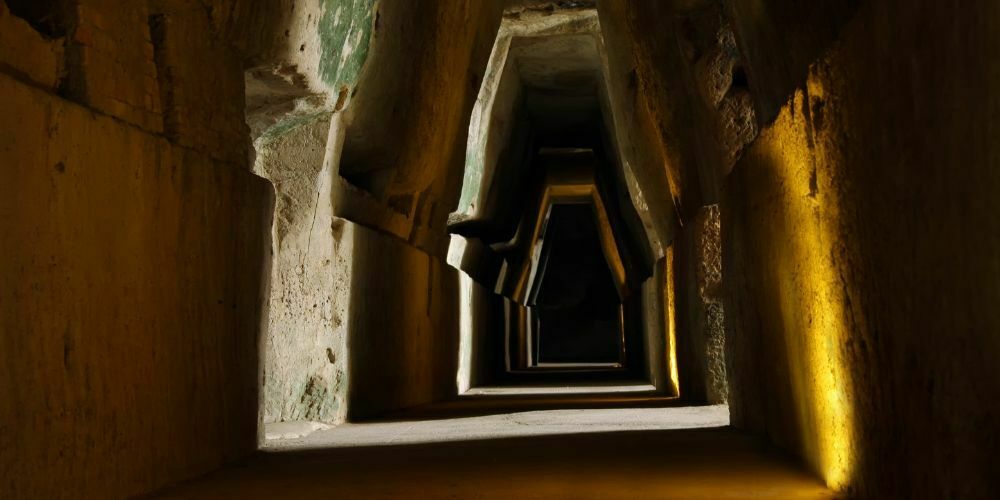
Either way, it is fascinating to visit the cave. Furthermore, the ancient city of Cuma, an original Greek colony (8th century BC), can also be visited. The ruins in the archaeological park, with the Acropolis, are a must.
Spa Baths of Agnano
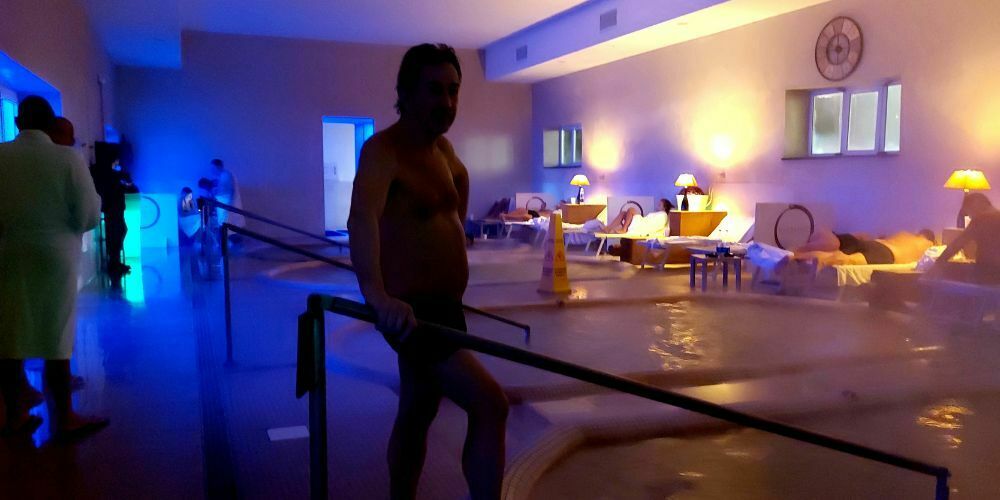
- Location: Agnano
- Why to see: Sulphur baths + do as the Romans did
- Genre: 19th Century/ modern
- How to visit: Via Agnano Astroni, City of Naples (Monday’s closed)
The Agnano valley in the Campi Flegrei are known as the widest thermal basin of Italy with 72 springs of different kinds. To my knowledge, only the Terme di Agnano, a commercial establishment, is now in use for ‘contemporary’ bathing.
Although 44 hectares in size, as they say themselves (probably including the large car park), it is nothing compared to the remains of the municipal baths, a majestic building, now in disrepair. These thermal baths experienced their period of greatest fortune, especially in the 1920s, so much so that they were considered a true ideal model of a thermal complex.
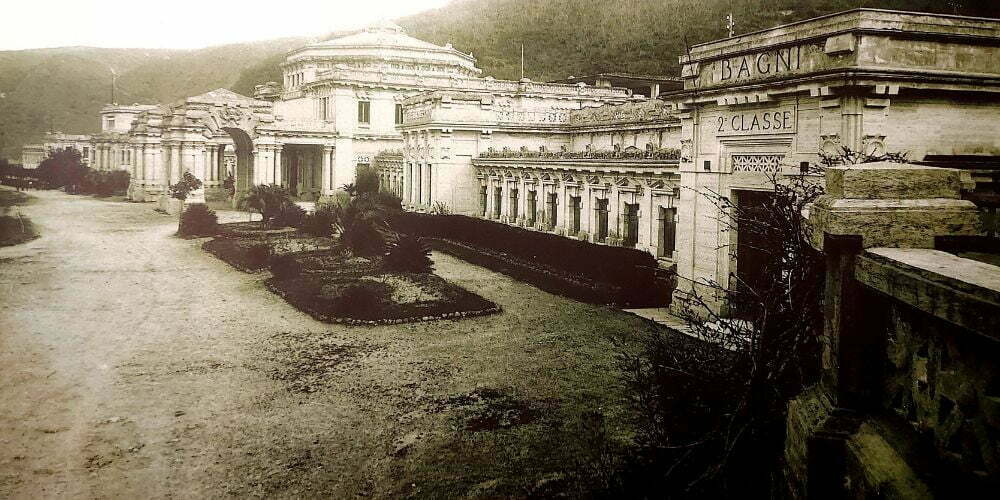
The Baths of Agnano of today stands pretty much on one of those 72 springs and flows out, in part sulphur water, into four indoor basins, each 2 degrees hotter than the previous one, and two large outdoor pools. There is a restaurant, where I ate surprisingly well and the servings were large. The fare was very okay: 60 euros for entrance tot the pools and dinner.
The Solfatara
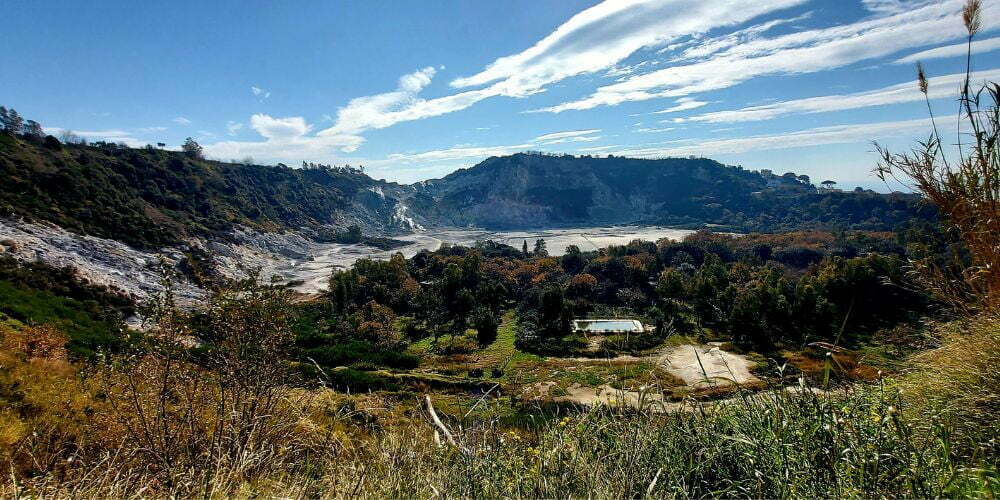
- Location: Pozzuoli
- Why to see: Vulcanic activity
- Genre: 2000 BC/ Roman/ modern
- How to visit: Via Solfatara, 161 in Pozzuoli (closed). Overview from the Via Coste D’Agnano
Solfatara is the name of the active volcano located just above Pozzuoli, the main city of the Phlegraean fields or Campi Flegrei. It is also the area’s name giver: the Burning Fields.
When you go there, you immediately notice the activity. Smoke curls up in a volcanic ‘pit’, the site has the colour of oxidised sulphur and the sulphur smell is unmistakable. It looks fascinating from a distance. What if the volcano really comes out of hibernation again?
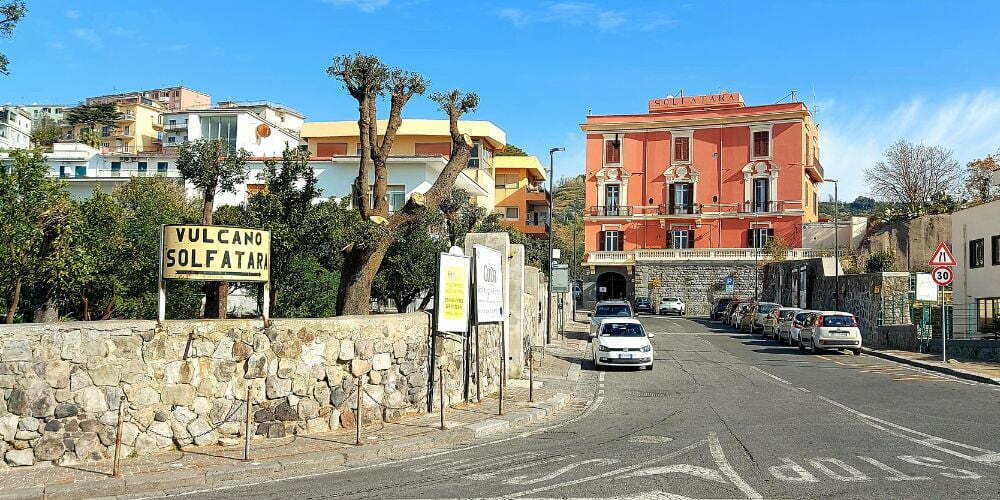
The name of burning fields is quite literal. In Italy, it rightly made headlines in the newspaper when in 2017 a family composed of three members died after falling into the boiling mud, into a three-metre-deep sinkhole. Since then, the solfarata is closed for visits.
Pozzuoli's Amphitheatre
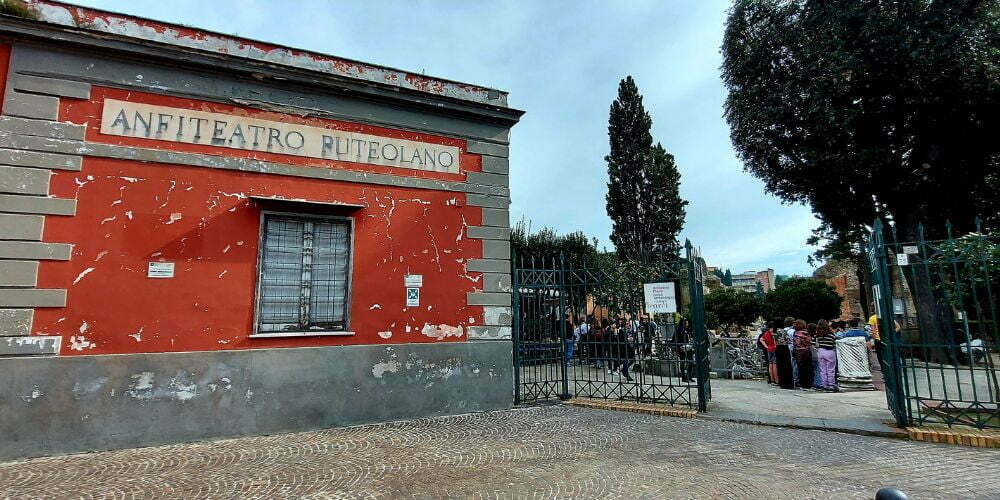
- Location: Pozzuoli
- Why to see: 3rd biggest Roman amphitheatre + impressive undergrounds
- Genre: Roman
- How to visit: Corso Terracciano 75 in Pozzuoli (Tuesday’s closed)
After the Colosseum (Rome) and the amphitheatre of Capua, the amphitheatre of Pozzuoli is the third largest arena in Italy (149×116 m), and could seat up to 40,000 spectators. The layout, elliptical, was surrounded all around by a vaulted portico, with trachyte pillars completed by half-columns
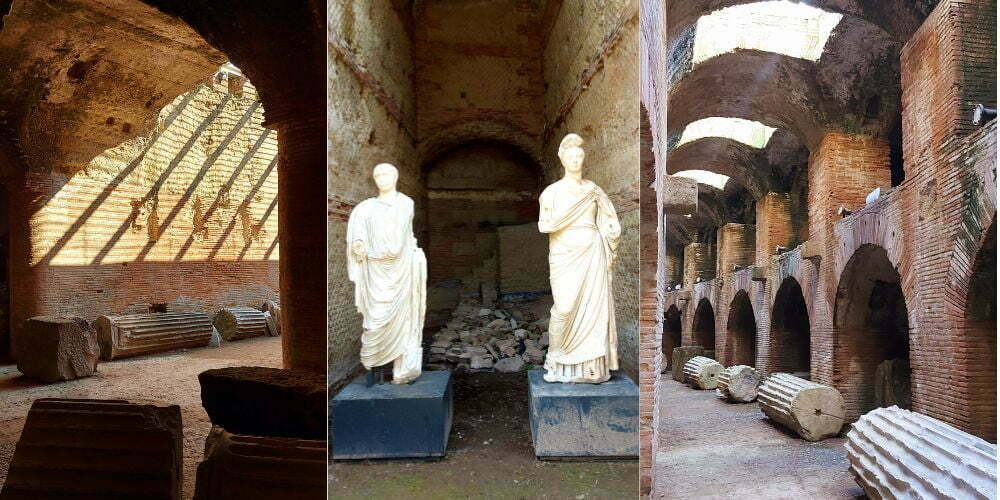
It is mainly because of the underground of the theatre, where once the props, slaves and animals were kept, that makes it a very interesting archaeological site. The structure stands as if no 2,000 years had passed with arches made of Roman brick. There is a lot of spoglia, especially parts of columns and capitals, which probably once stood on the outside. The stands have also stood the test of time reasonably well.
Quite nicely, the modern city of Pozzuoli has modelled itself around the amphitheatre. The theatre thus is not a mere relic of distant times.
City of Pozzuoli
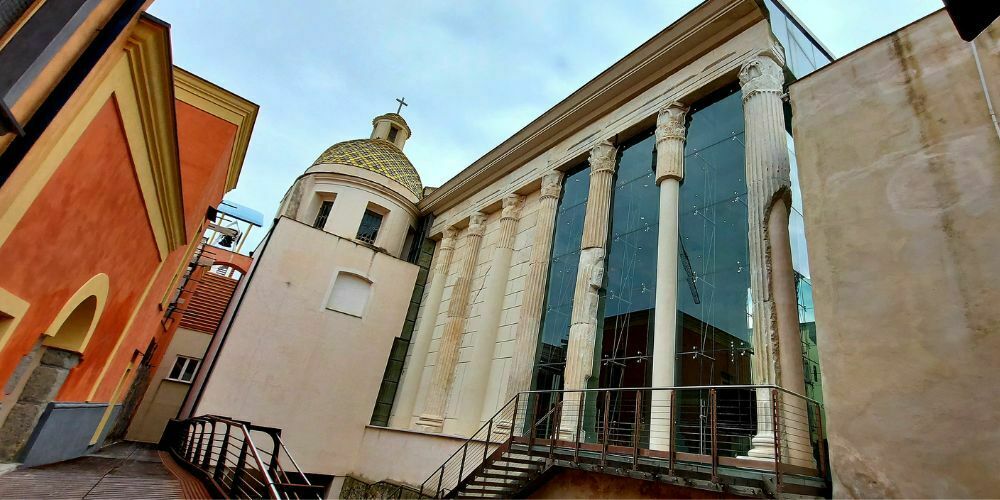
- Location: Pozzuoli
- Why to see: Roman ruins + Rione Terra
- Genre: Roman / medieval/ modern
- How to visit: Via Serapide 13 (‘Temple’ of Serapis) and Str. Duomo (infopoint Rione Terra)
Pozzuoli is famous from ancient times, but also (to me) as the birthplace of Sofia Loren. That aside, however.
The (impressive) remains of ancient Puteoli are completely surrounded by modern and quite ugly Pozzuoli. It is a crazy mix that also fascinates because it is also so detonating (with the exception of the area around the amphitheatre).
Near the modern port stands a huge ruin. The building was long incorrectly called the Temple of Serapis, due to the discovery of a statue of the Egyptian god at the time of the first excavations. Subsequent studies have instead ascertained that it is the ancient macellum or the public market of Roman Puteoli.
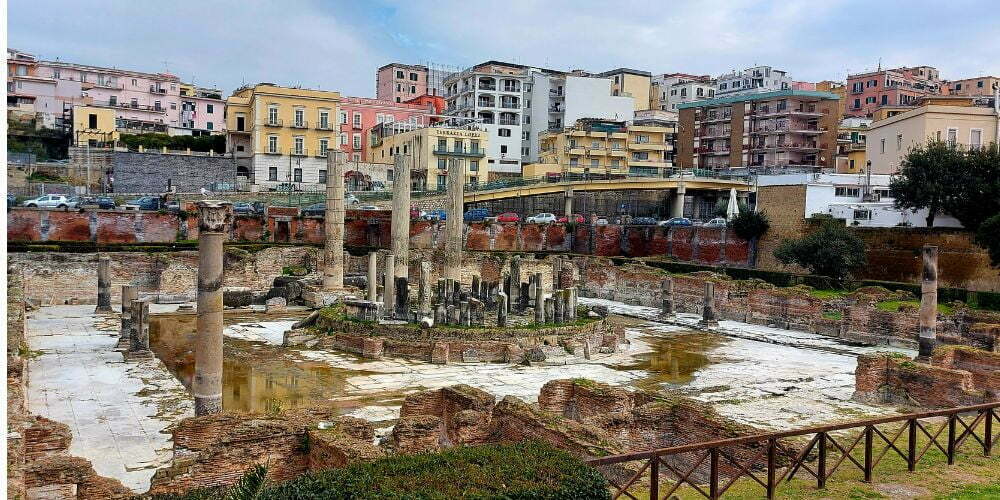
The ancient Roman city of Puteoli, founded in 194 BC, was built on a tuffaceous rock. Still part of that city can be visited underground. Carved into the tuffaceous rock there is a perfectly preserved archaeological trail that is called Rione Terra.
Above the underground, many of the houses as well as the Cathedral have been restored pretty picobello. But due to bureaucratic reasons, the beautifully pastel-coloured shops and houses are now empty. One day, Rione Terra should burst with conviviality and liveliness again.
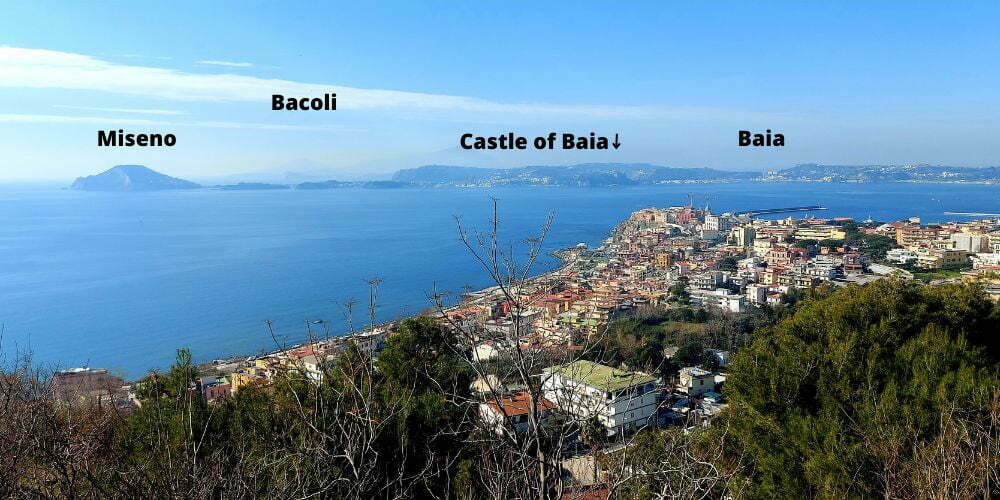
From Pozzuoli, from Rione Terra, or upwards (see photo) you have a great view over the Gulf of Pozzuoli with all the places we have visited.



